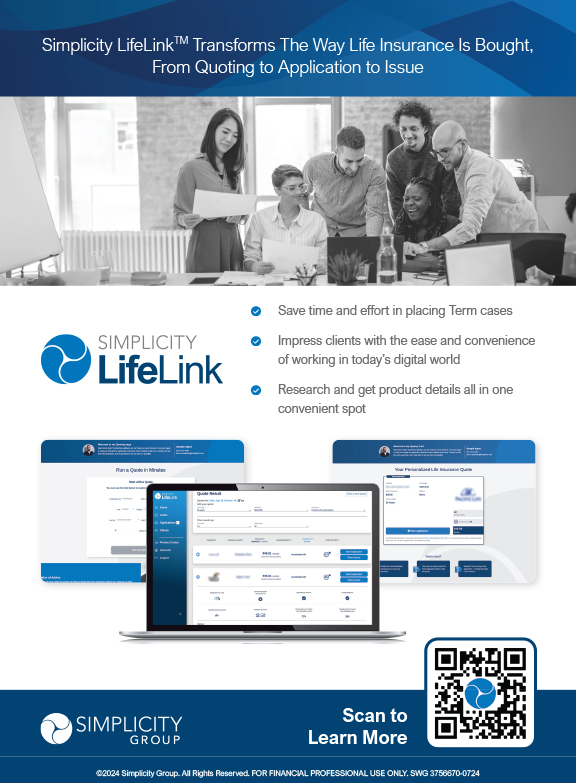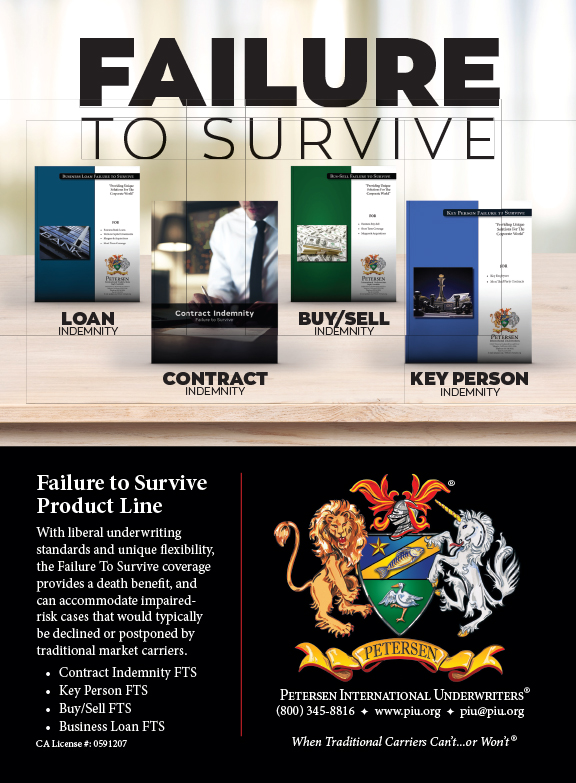For producers in the small business market, or those wanting to expand their knowledge to better service existing clients who own or work for a small business, understanding supplement employee retirement plan (SERP) strategies is key to successful growth.
Supplement employee retirement plans, known as SERPs, are gaining popularity as small business owners are looking for ways to differentiate their compensation and retirement benefits to attract and keep key employees. Business owners are looking beyond traditional benefits like group health and disability benefits, 401(k) plans with a match, and paid time off, which are not driving enough value for key employees. While some companies may spend time and energy trying to find voluntary benefits, like in-house chiropractic care, or pet insurance, to entice and retain key employees, benefits must go beyond the typical offerings that competitors can easily duplicate. Providing true value that key employees can’t ignore must be unique, taking into consideration the key employee’s needs and motivations, and go beyond salary wars to a level few competitors will venture.
A key to explaining the unique value of a SERP is understanding it is a non-qualified retirement income plan. This means a SERP can be offered to a single key employee and modified in different situations to meet the individual needs of key employees. In other words, a SERP is a customizable non-qualified retirement income benefit that can be offered in addition to, or in place of, traditional qualified, employer-sponsored retirement plans like a 401(k). The discrimination rules that apply to employer-sponsored qualified retirement plans do not apply to a SERP. Meaning the business owner is able to give more to individual key contributors without being required to give the same benefit to other employees. Additionally, the key employee is not limited to the annual contribution rules of their 401(k) plan. This creates flexibility to accommodate a business owner’s need for tailored solutions.
A SERP’s flexibility also enables the producer and business owner to collaborate and explore the business owner’s and employees’ greatest needs and possible fears about staying with or leaving the company. Understanding the goal is to keep key employees engaged in the business, the flexibility of a SERP can address the true motivations driving both the employee and business owner.
In addition to using a SERP to enhance retirement income for a key employee, a variation on the SERP structure can add a death benefit for both the key employee’s family and the business owner. For the key employee, this added death benefit may help ease financial concerns related to the employee’s passing. For the business owner, the death benefit can be used for business purposes that may result from the key employee’s passing, including if the business owner needs an influx of cash to cover lost revenue, or costs incurred to secure additional talent needed to continue business operations. Known as a “Split SERP,” when properly structured, the death benefit for the employee’s family may be received income tax free. Using life insurance to informally fund the plan, the employer keeps control of the policy as its owner, while the SERP document and a split-dollar endorsement arrangement clearly explain both the business owner’s and key employee’s rights and obligations. The SERP document defines the retirement income benefit, vesting schedule, and payment timing. The split-dollar endorsement arrangement details the business owner’s promise to endorse a portion of the life policy death benefit to the key employee’s named beneficiary.
The Split SERP agreement can be structured to support the key employee’s and business owner’s needs under two different scenarios. If the key employee passes before retirement, under the endorsement provisions, the key employee’s beneficiary will receive the death benefit. If the key employee passes during retirement, or before retirement but after the vesting of their retirement benefits, the key employee’s named beneficiary will receive the remaining retirement benefits from the business owner.
Another variation of the Split SERP structure includes using life insurance riders which are triggered in the event the key employee becomes chronically or critically ill. When structured properly, the rider can provide an important benefit that helps the employee pay for the significant costs related to a major illness including long term care costs. When implemented as part of a Split SERP, the plan may provide these benefits at no additional cost to the business owner or the employee. This is all done through one life insurance policy, meaning the business owner created a plan with four separate benefits using the same dollar, an important objective of financially astute business owners.
In all cases the producer must listen to the business owner to uncover their concerns. Proposing solutions too soon in the process is a common mistake which ruins the producer’s credibility. Using the first client meeting to talk about the business owner’s company and its history allows the producer to gather important information in order to ask additional relevant questions. Proposing solutions will follow only after reviewing information, mapping as many issues and opportunities as possible, conferring with the business owner’s CPA and attorney, and thoughtful consideration of the business owner’s concerns and objectives. Successful producers in the small business market are methodical and approach the situation as part of a team working for the small business owner and key employee.
The growing need for SERP strategies far outweighs the number of producers willing to explore and learn these strategies to help clients. Many producers feel the strategies are too complex and become overwhelmed using employee and employer agreements that are part of the case design. That makes using an experienced team very important. A team that works with the business owner’s CPA and attorney to build credibility and work through the full scope of the business owner’s needs.





























